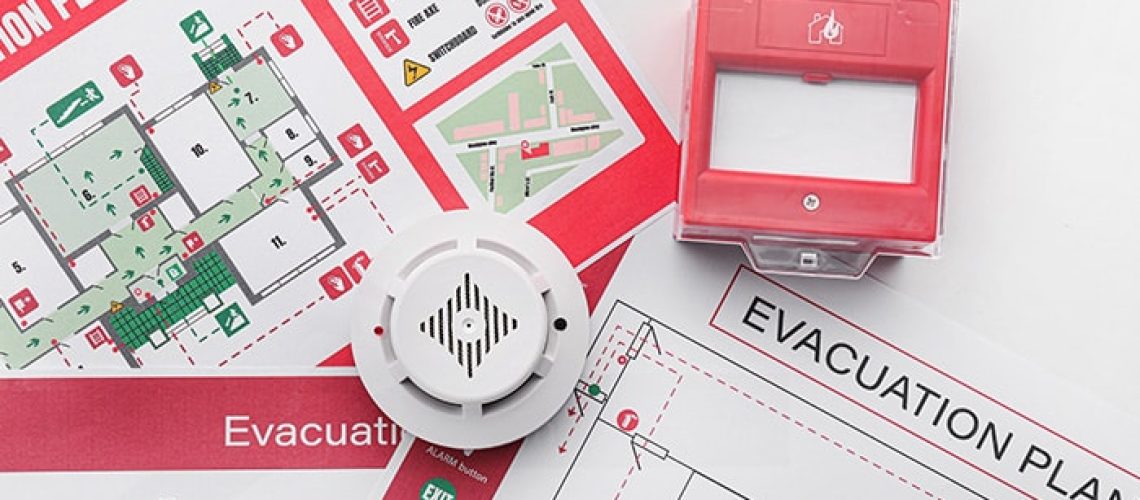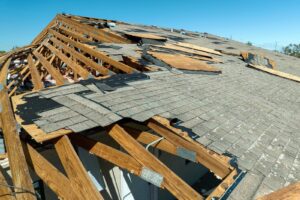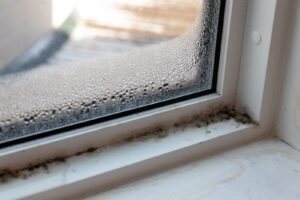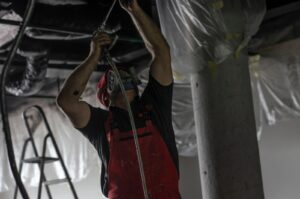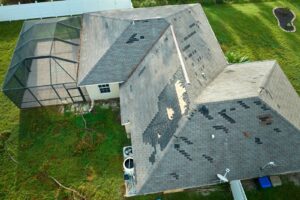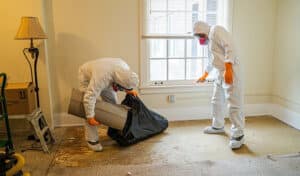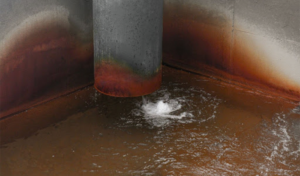Home fire safety is crucial for protecting your family and property. Every year, home fires cause devastating losses, many of which are preventable with proper precautions and readiness. Common causes of these fires include cooking mishaps, electrical malfunctions, careless smoking, and heating equipment issues.
To safeguard your home against the threat of fire, you should equip it with essential fire safety gear. This gear serves as your first line of defense to protect yourself if a fire breaks out. In this blog, we will explore the must-have fire safety gear for every home.
From smoke detectors that alert you to the first sign of danger to fire extinguishers for tackling small fires, each piece of equipment plays a vital role. We will also cover fire escape ladders for safe evacuation, fire blankets for smothering flames, and carbon monoxide detectors to guard against this silent killer.
Equipping your home with these tools will enhance your fire safety preparedness, giving you peace of mind and the means to respond effectively in case of a fire and prevent fire damage.
Smoke detectors: your first line of defense
Smoke detectors are vital for early fire detection, usually providing the first warning of danger. These devices alert you to the presence of smoke, allowing you to respond quickly and potentially save lives and property.
You’ll find two main types of smoke detectors: ionization and photoelectric. Ionization detectors respond well to fast-flaming fires, while photoelectric detectors are more sensitive to smoldering fires. For comprehensive protection, consider installing both types or dual-sensor detectors that combine these technologies.
Install smoke detectors on every level of your home, including the basement and near all sleeping areas. Place them on ceilings or high on walls to catch smoke as it rises.
Regular maintenance of smoke detectors helps them stay effective. Test them monthly by pressing the test button, and replace batteries at least once a year or as soon as you hear a low-battery warning. Avoid painting over smoke detectors, as this hinders their function. Remember to replace the entire unit every ten years or according to the manufacturer’s recommendations.
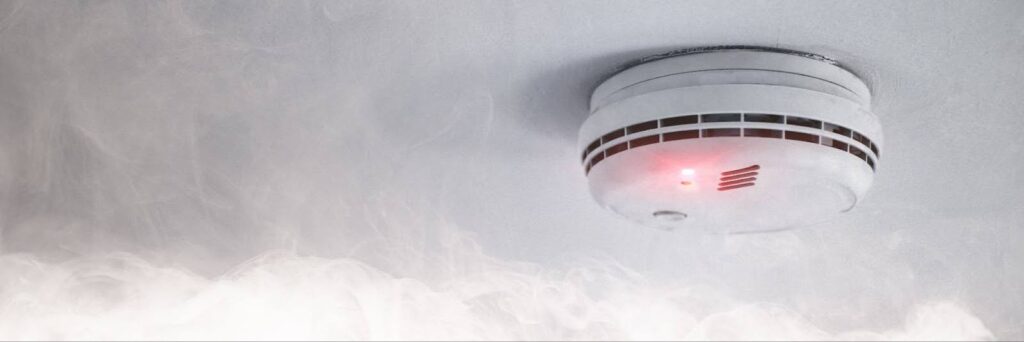
Fire extinguishers: types and usage
Fire extinguishers are helpful tools for quickly responding to and controlling small fires in your home. There are different types of fire extinguishers with different uses. Knowing this helps you use them effectively to combat fires.
Common types of fire extinguishers include water, foam, dry powder, CO2, and wet chemical extinguishers. Each type targets different classes of fires: water and foam for solid combustibles, dry powder and CO2 for flammable liquids and electrical fires, and wet chemical extinguishers for cooking oil fires.
When choosing fire extinguishers for your home, consider the most likely types of fires you would encounter and purchase extinguishers that best match your fire type risk. Place them in easily accessible locations in high-risk areas like the kitchen, garage, and near heating sources. Make sure everyone in your household knows where these extinguishers are and how to access and use them.
Using a fire extinguisher effectively involves remembering the acronym PASS:
- Pull the pin.
- Aim the nozzle at the base of the fire.
- Squeeze the handle.
- Sweep the nozzle from side to side.
Always aim at the fire’s base to tackle the fuel source and keep a safe distance. After using an extinguisher, even partially, get it recharged or replaced immediately to ensure it’s ready for future use.
Fire escape ladders: a safe exit
Fire escape ladders allow a safe exit from multi-story homes during a fire, especially when primary exits are blocked or unsafe. These ladders provide an alternative escape route, allowing you and your family to evacuate quickly and safely from the upper floors.
When choosing a fire escape ladder, look for one that is durable and easy to use. Opt for ladders made from sturdy, flame-resistant materials with anti-slip rungs for secure footing. The ladder should be long enough to reach the ground from your highest exit point and support enough weight for multiple users. Ideally, go for compact, easy-to-store designs that allow for quick deployment in an emergency.
Store fire escape ladders near the windows or exit points they are intended for, and ensure everyone in your household knows their location and how to use them. Regularly practice deploying and climbing down the ladder to familiarize yourself and your family with the process. Remember, in a fire, seconds count, so having a fire escape ladder that is accessible and easy to use can make a life-saving difference.
Fire blankets: quick response to small fires
Fire blankets offer a quick and effective response to small fires, particularly in the kitchen or other areas where flames can ignite suddenly. These blankets smother fires by cutting off the oxygen supply, making them an excellent tool for extinguishing small grease fires or clothing that has caught fire.
To use a fire blanket, simply pull the tabs to release it from its container, hold it in front of you to shield yourself from the flames, and carefully place it over the fire. Make sure to cover the entire fire and leave the blanket in place until the area cools down. Fire blankets are particularly useful for kitchen fires, where water can exacerbate grease fires, and for situations where a fire extinguisher might not be the best option.
Store fire blankets in easily accessible locations, such as in the kitchen near the stove, in the garage, or in any area prone to fire risks. Make sure everyone in your household knows where the fire blankets are and how to use them. Having fire blankets readily available provides peace of mind and a quick solution for controlling fires before they escalate.
Carbon monoxide detectors: preventing silent threats
Carbon monoxide (CO), often referred to as the “silent killer” or “invisible killer,” poses a significant danger in homes. This colorless, odorless gas results from faulty heating systems, gas appliances, blocked chimneys, and other sources. Because it is odorless and colorless, it’s hard to detect its presence, leading to potentially fatal poisoning without warning. Carbon monoxide detectors alert you when there is carbon monoxide buildup in your home so you can make your home safe again.
When choosing carbon monoxide detectors, opt for models that meet the latest safety standards and feature a loud alarm. Place carbon monoxide detectors near sleeping areas and on every level of your home, including the basement. Install them at least 15 feet away from fuel-burning appliances to avoid false alarms. Test them regularly to check they are functioning properly.
For comprehensive safety, consider combining smoke and carbon monoxide detectors. Many modern units offer dual functionality, providing both smoke detection and carbon monoxide monitoring in one device.
This integrated approach simplifies installation and maintenance while ensuring your home is protected against both fire and carbon monoxide threats. By equipping your home with these detectors, you safeguard your family against the dangers of carbon monoxide and create a safer living environment.
Additional fire safety gear and tips
Beyond the basic fire safety gear, several other items enhance your home’s fire preparedness.
Fireproof safes are great for protecting important documents and valuables from fire damage. These safes can withstand high temperatures, protecting your critical items even in the event of a fire.
Emergency lights, such as flashlights and battery-operated lanterns, are also good to have, especially if a fire causes a power outage. Keep these lights in accessible locations to keep you out of the dark.
General home fire safety tips include keeping a clear space around heaters and furnaces, never leaving cooking unattended, and regularly checking electrical cords for damage. Be cautious with candles and open flames, and always have a fire escape plan that every household member knows.
Regular fire safety drills and education are other important aspects of home fire safety. Practice your escape plan with your family. Make sure everyone knows at least two ways out of each room, choose a designated meeting spot outside, and make sure everyone knows where that is. Teach children the basics of fire safety, such as “stop, drop, and roll,” and how to dial emergency services.
Regular drills and ongoing education help ensure that everyone in your home knows how to act quickly and safely in the event of a fire.
Rebuild with Restoremasters
Equipping your home with essential fire safety gear, including smoke detectors, fire extinguishers, escape ladders, fire blankets, and carbon monoxide detectors, is crucial for your safety. Being proactive in fire safety measures can save lives and protect your property.
If you ever face the unfortunate event of a fire, Restoremasters is here to help with your restoration needs. Our team has the expertise to restore your home to its pre-fire condition. We offer services in fire damage restoration and smoke deodorization, as well as mold removal, water damage repair, and more. Whatever damage your home has, Restoremasters is here to help.
Take the first step towards restoring your home with Restoremasters. Contact Restoremasters today for professional and reliable restoration services.

